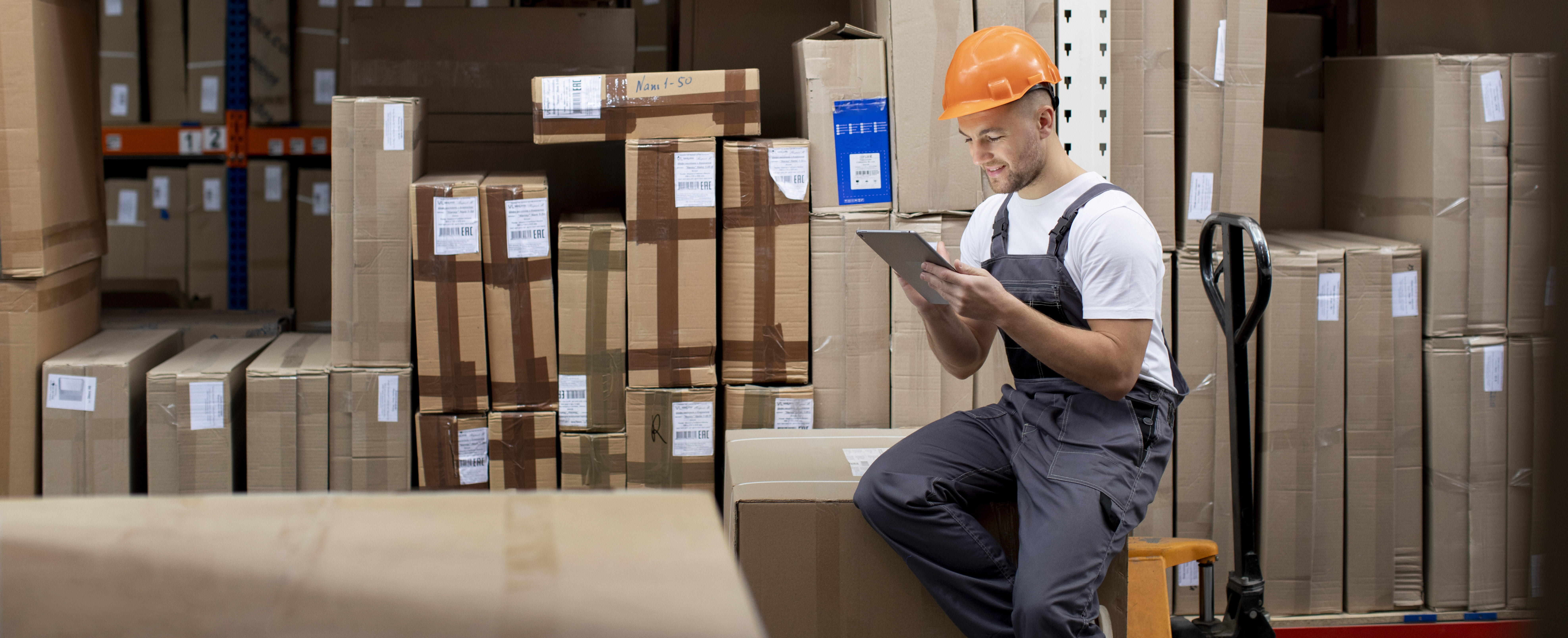Warehousing has become the backbone of modern supply chains, but it’s also one of the most expensive.
For many businesses, understanding how to reduce warehouse costs is now essential to maintaining healthy margins and long-term efficiency.
With rising warehouse rental cost, increased labor expenses, and higher demand for quick fulfillment, every square foot and every process matters. Companies are no longer just storing inventory; they’re optimizing space, streamlining operations, and using data to control expenses.
In this guide, we’ll explore how to reduce warehouse costs by improving layout efficiency, reducing inventory costs, managing energy use, and leveraging technology.
With Newl’s decades of experience in logistics and warehousing, these strategies are proven to deliver measurable savings without compromising service quality.
Understanding the Key Drivers of Warehousing Costs
Before diving into solutions, it’s important to understand what makes warehouse operations so costly.
The main factors driving warehouse costs include:
- Rent and facility maintenance
- Labor and staffing expenses
- Inventory carrying costs
- Technology and automation investments
- Utilities and energy consumption
Each of these areas offers opportunities for optimization. Knowing where your money goes helps you identify how to reduce warehouse costs effectively and sustainably.
5 Tips on How to Reduce Warehouse Costs

Understanding how to reduce warehouse costs begins with optimizing your space, people, and processes.
Below are five proven ways businesses can cut expenses while maintaining operational efficiency.
1. Optimize Space Utilization
Warehouse space often represents one of the largest fixed costs.
Maximizing the existing layout can delay or even eliminate the need for expansion.
- Implement vertical storage solutions to make use of unused height.
- Reorganize aisles and shelves to reduce travel distance.
- Position high-demand products closer to packing or loading areas.
A well-structured layout reduces both labor time and wasted space, resulting in lower rent and maintenance costs.
If you’re planning to scale your business and want to ensure optimal space utilization, reach out to Newl for a customized 3PL warehouse quote.
2. Improve Inventory Control
Managing stock efficiently is essential to reduce inventory costs and free up capital tied in excess goods.
- Use demand forecasting tools to maintain ideal stock levels.
- Track items in real time to avoid overstocking or shortages.
- Conduct frequent audits to prevent errors and losses.
Strong inventory control leads to smoother operations and helps reduce warehousing costs significantly over time.
At Newl, our in-house WMS ensures complete inventory control and live tracking so your business always delivers on time.
3. Improve Labor Efficiency
Labor can consume more than half of total warehouse expenses, making productivity improvements critical.
- Standardize picking and packing procedures for consistency.
- Cross-train employees to increase flexibility during high-demand periods.
- Introduce automation tools like handheld scanners for accuracy.
Efficient workflows minimize overtime, reduce fatigue, and improve throughput, lowering total warehouse costs without affecting service quality.
4. Use Technology and Automation
Modern warehouse management systems are designed to save both time and money.
- Use automation to handle repetitive or error-prone tasks.
- Adopt real-time tracking systems for full visibility of operations.
- Analyze data regularly to identify inefficiencies.
Technology enables proactive decision-making and reduces the need for manual oversight, cutting long-term operating expenses.
5. Control Energy and Facility Expenses
Facility management plays a key role in cost optimization. Energy-efficient upgrades often deliver quick returns.
- Install LED lighting and automated motion sensors.
- Optimize heating, cooling, and ventilation systems.
- Schedule preventive maintenance to avoid breakdown costs.
Reducing energy waste not only lowers monthly bills but also supports sustainable operations that benefit both the environment and your bottom line.
When applied consistently, these strategies help businesses understand how to reduce warehouse costs while strengthening overall performance and scalability.
Newl: Reducing Warehouse Costs Through Smarter 3PL Operations
At Newl, we help businesses simplify and scale through optimized logistics and warehousing operations.
Our 3PL network spans North America, providing flexible space, advanced inventory management, and cost-effective fulfillment.
1. Flexible Warehousing
We offer customized storage options that grow with your business. Instead of locking into high warehouse rental cost commitments, clients only pay for the space they need.
2. Accurate Inventory Management
With our proprietary warehouse systems, clients maintain visibility across multiple locations, helping them reduce inventory costs and avoid stock imbalances.
3. Integrated Freight and Fulfillment
Newl’s warehousing and transportation operate as one seamless system, eliminating unnecessary handling and delays that drive up warehouse costs.
Every process at Newl is designed to improve efficiency and lower total logistics spend, allowing businesses to reinvest savings into growth.
Practical Steps to Control Warehousing Costs
- Conduct regular warehouse audits to identify inefficiencies.
- Optimize layout and storage based on order volume.
- Automate manual processes wherever possible.
- Review energy consumption and upgrade outdated systems.
- Partner with a 3PL like Newl to access shared infrastructure and expertise.
Small improvements in multiple areas can lead to significant annual savings.
Understanding how to reduce warehouse costs is about making every square foot, every worker, and every system work at maximum efficiency.
Final Thoughts
Warehousing is no longer just a storage function, it’s a strategic advantage when managed efficiently.
Companies that understand how to reduce warehouse costs are better positioned to grow, adapt, and compete in a dynamic market.
From smarter layouts and better labor management to technology-driven operations, the opportunities for optimization are endless.
At Newl, we help businesses lower their warehousing costs while maintaining reliability, speed, and service excellence.
When your warehouse runs efficiently, your entire supply chain gains momentum.
Frequently Asked Questions
1. What are the main warehouse costs to track?
Rent, labor, inventory, technology, and utilities make up most warehousing expenses.
2. How can I reduce inventory costs without affecting service levels?
Use demand forecasting and real-time tracking to keep stock balanced and accurate.
3. What are the biggest contributors to warehousing costs?
Warehouse rental cost and labor are typically the largest factors in total expenses.
